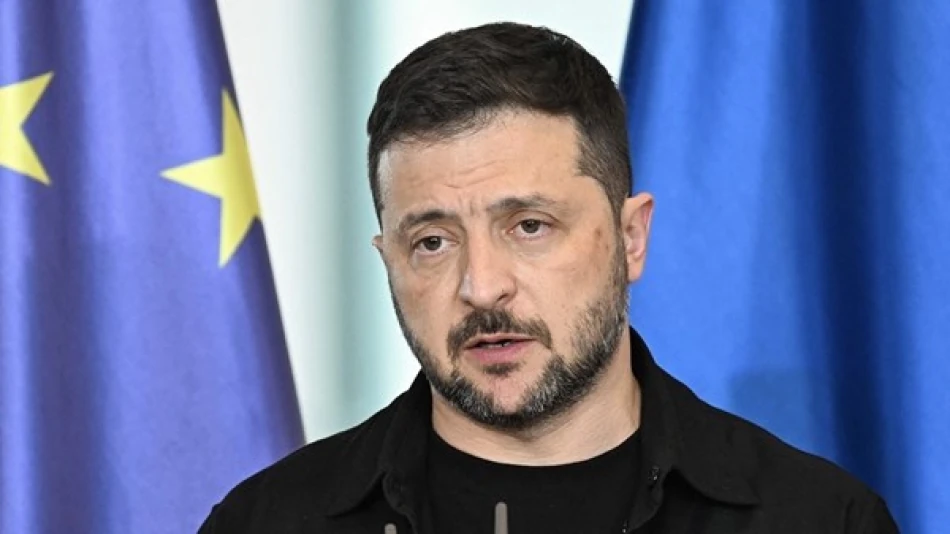
Ukrainian President Zelenskyy Visits US to Meet with Former President Trump
Zelensky Banks on Western Unity to Force Russia Into Peace Talks
Ukrainian President Volodymyr Zelensky arrived in Washington with a clear message: the combined strength of Ukraine, the United States, and European allies will ultimately compel Russia to accept genuine peace terms. His visit underscores a critical moment in the conflict as Western leaders seek to maintain coalition unity while navigating evolving geopolitical pressures.
A Strategy Built on Collective Pressure
Writing on Telegram following his arrival in the U.S. capital, Zelensky expressed gratitude for the presidential invitation and emphasized shared objectives among allies. "We all equally want to end this crisis quickly and reliably," he stated, framing the conflict's resolution as a mutual priority rather than solely Ukraine's burden.
The Ukrainian leader's confidence in "joint strength with America and our European friends" reflects a diplomatic strategy that has sustained Ukraine's resistance for nearly two years. This approach leverages Western military aid, economic sanctions, and political isolation to gradually erode Russia's capacity and willingness to continue the conflict.
Testing Alliance Cohesion Under Pressure
Zelensky's emphasis on collective action comes at a pivotal time when Western unity faces multiple stress tests. European nations are grappling with energy costs, inflation, and domestic political pressures related to prolonged support for Ukraine. Meanwhile, the United States approaches a presidential election year where foreign aid commitments may face increased scrutiny.
The Economics of Sustained Support
The financial mathematics behind Zelensky's strategy are becoming increasingly complex. Western allies have committed over $200 billion in various forms of assistance since February 2022, creating both momentum for continued support and pressure to show tangible results. This dynamic explains why Zelensky frames peace not as capitulation but as the inevitable outcome of sustained pressure.
Historical Precedent for Pressure-Based Diplomacy
Ukraine's approach mirrors successful historical examples where sustained international pressure eventually forced policy changes. The apartheid-era South Africa sanctions regime and the Iran nuclear negotiations demonstrate how economic isolation combined with military pressure can create conditions for diplomatic breakthroughs, though timelines often extend far longer than initially anticipated.
Russia's Diminishing Options
From Moscow's perspective, the strategy Zelensky describes poses a genuine long-term threat. Russia's economy has shown resilience but faces structural challenges from sanctions, brain drain, and military expenditures. The question becomes whether Russian leadership will accept negotiated terms before these pressures become unsustainable, or whether they will escalate to break Western resolve first.
Market and Geopolitical Implications
Zelensky's confidence in Western unity sends important signals to global markets and other potential conflict zones. Energy markets, defense contractors, and agricultural commodities remain sensitive to any shifts in the conflict's trajectory. More broadly, the success or failure of this pressure-based approach will influence how other nations assess the reliability of Western security commitments.
The Ukrainian president's Washington visit represents more than routine diplomatic engagement—it's a test of whether sustained international pressure can indeed force a major power to accept terms it has previously rejected. The answer will reshape global perceptions of Western resolve and the effectiveness of coalition-based deterrence strategies.
Most Viewed News

 Layla Al Mansoori
Layla Al Mansoori






